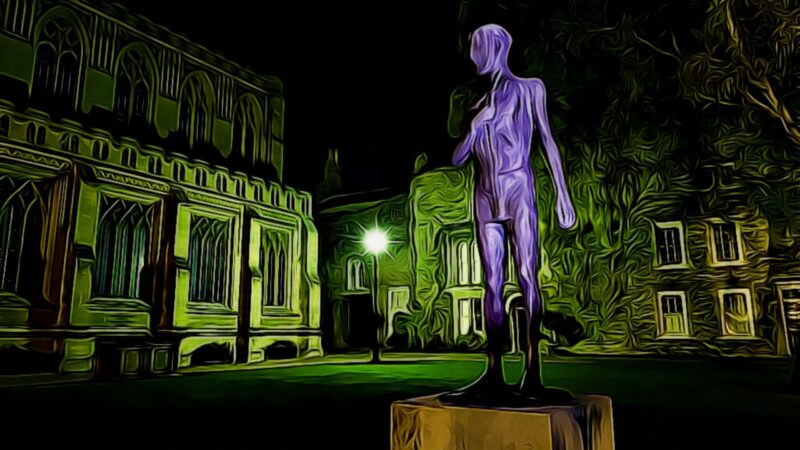Real Ghost Stories in Bury St Edmunds
Bury St Edmunds is a town in the county of Suffolk that has many supernatural myths, legends and real ghost stories. In this article, we will talk about some of the ghostly sightings that have been reported in the town.
The Abbey
The Abbey is the town’s oldest and most famous building, and it is said that a procession of monks walks the graveyard bordering it on winter nights. Moreover, a spinster claimed to have seen the ghostly figure of a monk in her apartment in Cathedral Cottages on the Abbey grounds. Sightings of spectral monks appear to be a regular feature of Bury mythology.
Cupola House
The Cupola House is currently being reconstructed following a fire, and it is the home of the infamous ‘Grey Lady.’ She is said to have been a medieval nun who was executed for a romantic tryst with one of the Abbey’s monks. Rumours that she can sometimes be seen climbing the stairs have been a feature of Bury life for centuries. The legend of the Grey Lady is not, however, intrinsic to the Cupola, and sightings have also been claimed in the neighbouring Nutshell and the Theatre Royal.
The Nutshell
Britain’s smallest pub has two legends of its own. The unusual mummified cat hanging above the bar is believed to be cursed. For many decades, staff have avoided touching the desiccated corpse, as it is claimed to bring bad luck. Adding to the legend, a group of airmen from nearby RAF Honnington once stole the macabre curio as a drunken prank, only to return it soon after following a series of mysterious mishaps and a narrowly avoided collision. The ghost of a young boy has also been sporadically reported.
Eastgate Street
The long, winding Eastgate Street plays home to another of the town’s most enduring ghost legends, an unknown soldier and nurse in Victorian attire. The Unknown Soldier died as a result of a romantic liaison, and the nurse to whom he lost his heart and life’s father was then hung for his crime. Although the only reported sighting of this unfortunate couple dates back as far as 1935, it is said that, on the 20th October each year, the spirits are seen walking towards the overgrown area known as the Glen before a gunshot rings out.
Moyse’s Hall Museum
Moyse’s Hall Museum has a dark history as a workhouse and goal for the town’s ne’er-do-wells. In 1328, it was stated that an unnamed woman saw ‘a most horrible devil’ in its cellar. Following the 1828 hanging of the notorious Red Barn murderer, William Corder, the gaoler is said to have taken possession of his skull as a ghoulish memento. While Corder’s apparition hasn’t been sighted for many years, a replica of his death mask, a book believed to be bound in his skin, along with various other items of Corder’s, remain to fascinate lovers of the macabre.
Conclusion
While these stories can be taken with a pinch of salt, these supernatural myths are indelibly linked to the culture and heritage of one of Britain’s most beautiful and vibrant market towns, and will continue to send a shiver down the spine of tourists and townsfolk alike for generations to come.
Historic Buildings in Bury St Edmunds


